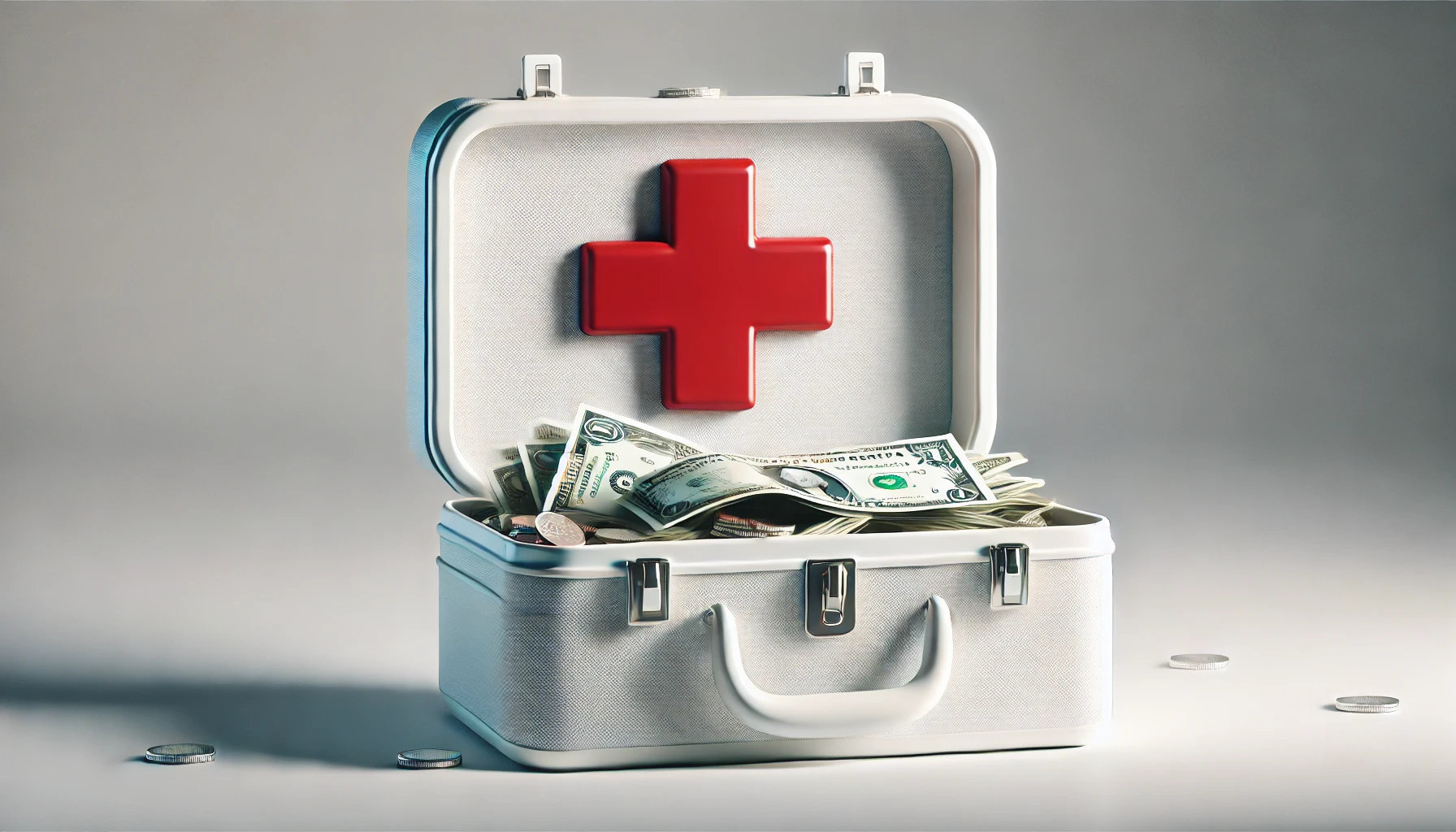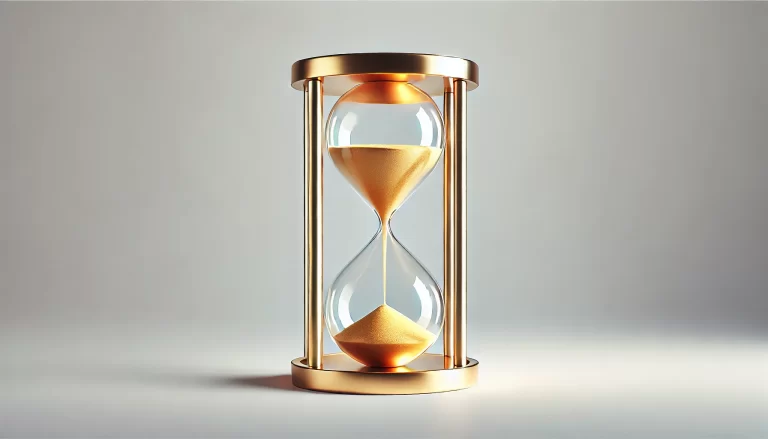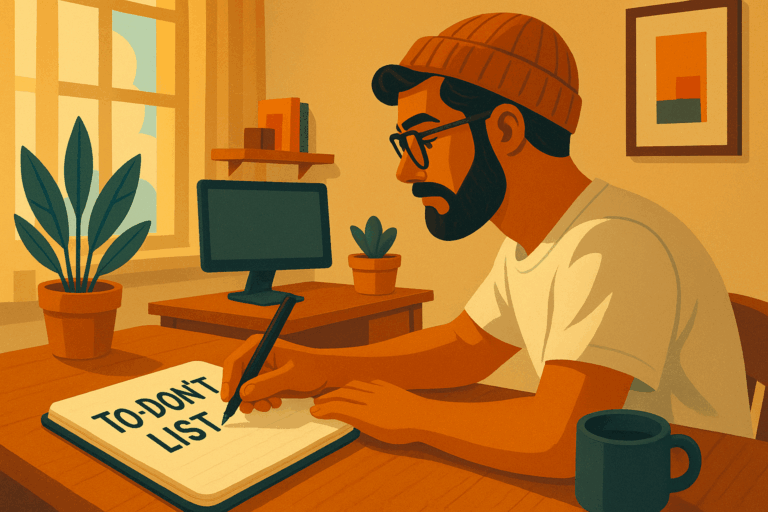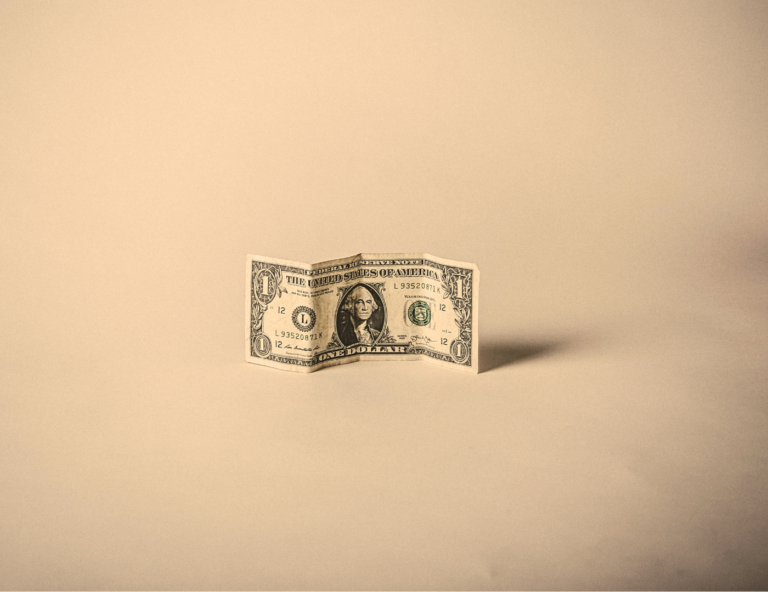Your First Line of Defense: Why You Need an Emergency Fund
You’re cruising through life.
Rent is paid. Bills are current. You’ve finally gotten a little breathing room in your budget. And then—bam. Your car breaks down. The check engine light wasn’t playing. The repair? $1,300.
You panic. You check your bank account, and there’s not enough. You check your credit card, and you sigh. You didn’t want to use it. But what other option do you have? Within seconds, that progress you were just starting to feel… disappears.
This is the moment an emergency fund would’ve saved you from stress, debt, and scrambling.
Life Happens Fast, and Most of Us Aren’t Ready
Emergencies don’t send calendar invites. They show up when you’re least prepared—lost income, medical bills, flat tires, broken phones, home repairs. Without a cushion, every surprise turns into a crisis.
And too often, we deal with it by swiping a credit card or hoping for a refund, loan, or government relief. Let’s be clear: using assistance isn’t wrong. But relying on it forever keeps you in survival mode, not stability.
If you want financial control, you need a plan that protects you when life hits hard.
The Emergency Fund
An emergency fund is your personal safety net. It’s cash you set aside specifically for the unexpected—not vacations, not impulse buys—emergencies only.
The standard? 6 months of your basic monthly expenses. That’s rent, utilities, food, gas, insurance, and minimum debt payments. Enough to keep life moving if your income stopped or something major happened.
If 6 months feels impossible, don’t stress. You don’t build it overnight. You build it in layers.
The Emergency Fund Ladder—One Step at a Time
- Step 1: Save 1 Month of Expenses
Focus only on the essentials: rent/mortgage, food, gas, bills. Just hit that number. That one month can cover a surprise car repair, vet bill, or job delay. - Step 2: Save 3 Months of Expenses
Now you’re creating real margin. This gives you time to recover from job loss or a major life disruption without panic. - Step 3: Save 6 Months of Expenses
This is full-on peace of mind. If life gets rough, you’ve got half a year to figure it out without debt dragging you down.
How to Start Saving for Your Emergency Fund
- Know your number
Add up your basic monthly expenses. Multiply that by 1, 3, or 6 depending on your goal. - Open a separate savings account
Keep it out of sight and out of mind. Label it clearly—“Emergency Fund Only.” - Set a monthly auto-transfer
Even $50 or $100 adds up. Consistency beats intensity. - Use any extra money wisely
Tax refunds, bonuses, side gig income—drop it into your fund first, before anything else. - Cut temporarily to build faster
Reduce non-essentials (subscriptions, eating out, etc.) just until you hit that first milestone. - Celebrate milestones
When you hit $500, then $1,000, then a full month—celebrate it. You’re protecting your future.
Before You Assume “That’ll Never Happen to Me”
Picture yourself standing in the rain, and someone hands you an umbrella.
Now imagine they gave it to you after you were soaked.
That’s what most people do with emergencies—they prepare after they’re already in the storm. But you can be different. You can be ready.
An emergency doesn’t have to become a disaster—if you fund your future before it gets here.
Notes
“The prudent see danger and take refuge, but the simple keep going and pay the penalty.” – Proverbs 22:3







